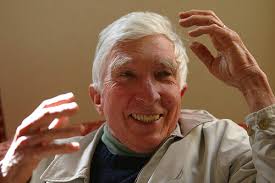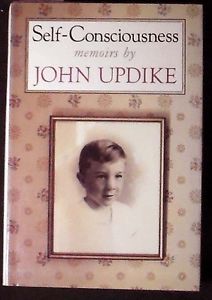It’s a sleepy place, with a languid river running through it. People have nice lawns and enjoy quiet. But in 1996, I was taking my new wife, a city girl, home to live in my little town, and she was worried. “Does anything happen there? Will there be any interesting people?” I understood, but my roots were deep and everything was there – my mother, my kids, and teaching and coaching at my alma mater high school – so we packed up our honeymoon kit (and the caboodle) and moved back – to Caledonia, Ontario, “a Grand place!”
Prodigal son that I am, I’d always thought so, but I’d also come to see how suburban sprawling my childhood village had become. (Caledonia is three times bigger now, yet its downtown has suffered. There are three stoplights and two Timmy’s on the main drag. Too much!) Diana fit right in with my family and bore up well under all that local history, but she found interesting conversations hard to come by, never mind excitement. Now that Caledonia and its eternal neighbour, the Six Nations reserve, are at the centre of Canadian attention, Diana flings her hands in mock dismay.
“I lived there for six years and now it gets interesting?!” I know how she feels. I spent the better part of my life in Caledonia, and wish I was there now. I always tried to convince my students and my children (and myself) that Real Life is right where we live; there’s no magic source of delight and importance Somewhere Else. Well, town and reserve teens can’t complain about boredom now, and I have the small sour pleasure of not having to explain that I grew up “in southern Ontario, near Hamilton, you know, about an hour from Toronto”. (I also lived and taught in Hagersville during the Great Tire Fire. It’s small-town vindication of a weird and ironic sort.)
Here’s the thing: I know these people, on both sides of the now-famous barricades. For our shared six years in Caledonia, Diana and I lived around the corner from them in the town’s first condominiums. They had been built by Jack Henning (father of John and Don, the developers stuck in the current dispute) about 1970. Then, to this chauvinistic north-side kid, they seemed a ridiculous distance south of the river, since the downtown, the arena, older homes and the original stoplight were on my side of town. Now, the Zehrs and Canadian Tire superstores that appear in newscasts are farther south still, along with the new rink, library, high school and streets (Laird, Tartan, Douglas, McKinnon) in this Scots-flavoured town. Dear old Caledonia Baptist, my north-side childhood church, has its new south-end sanctuary right next to the disputed housing development.
John Henning played first base in the age group below mine, and was the first kid I knew to have a proper trapper. (Rumour was that it cost forty bucks. John had the country habit of spitting and rubbing in its pocket between pitches; it stank to baseball heaven.) He was a rookie on the Caledonia High football team in my glorious senior year – we won several games after years of being pounded – and became a touchdown machine when the Blue Devils dominated.
Listen: John and I, like his brother Don and generations of white kids from Caledonia, shared science labs, hallways and playing fields with kids from the upper end of Six Nations who came to town for high school. I played four years of football with Ben Thomas and Alfred Logan, and was a teammate of various Hills and Bomberrys, Porters and Thomases. So were the Hennings. I wonder how these young men from a parallel world, guys we “went to war” with as adolescent athletes, have felt about those barricades.
For too long, they separated a quiet town and the proud and struggling nations that have watched it grow, from a single mill, along the banks of their cherished Grand River. The barriers were tangible, often tense and angry, but they weren’t exactly new, just obvious. It used to be that, if you wanted to, you could pretend such divides didn’t exist. I’d spent enough broiling afternoons running the bases at the Ohsweken fairgrounds, enough road trips with Martins and Montours, enough basketball refereeing at J.C. Hill school, that parts of Six Nations were clear (and dear) to me. Until I got to high school, though, much of it was mystery. Some still is.
For some Caledonians, though, it has been easy to live as if the reserve wasn’t there. That time is over, and that’s not all bad. Suspicions and stereotypes have deepened, and buried antagonisms have surfaced right on TV. (To think it all happened on Argyle Street!) However, this is also an opportunity to build understanding of a more than merely tolerant kind. (“Tolerance”: something we have for bad smells or uncomfortable shoes.) We need to better know and cherish the tangled history along the banks of that lazy river, and the needs and hopes of the communities that share it.
I was back home on Victoria Day. I was among the hundreds waiting by the barricades. I hoped for calm; some didn’t. I was ashamed by the lobbed insults, sorry for the cops, and sickened by the certainty of greater violence. I cursed the damage to community relations, and my own helplessness. Diana and I drove to Ottawa that night with foreboding, awakened grateful that riots hadn’t enflamed a darkened town, and were astonished that the barricades came down later that day.
So peace is possible. So Caledonia is an interesting place. (Who knew?) It’s a piece of geography that speaks of Canada, and the months and years to come will tell us a whole lot more.
A slightly edited version of this piece appeared in the Forum section of the Hamilton Spectator on May 29.




